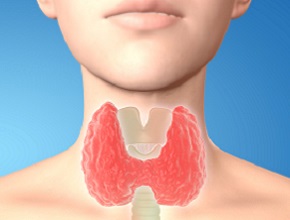Coronary CT angiography versus invasive coronary angiography: Is there a clear choice in patients with intermediate probability of occlusive CAD?
Background: This study addressed the choice of the initial diagnostic imaging strategy for management of patients with stable chest pain referred for invasive coronary angiography (ICA). Eligible patients were aged ≥30 years and had an intermediate (10%-60%) pretest probability of occlusive coronary artery disease (CAD) according to age, sex, and the type of chest pain (page 17 in the appendix available here).
The study compared the effectiveness of coronary computed tomography angiography (CCTA) and ICA in preventing the primary outcome of major adverse cardiovascular (CV) events defined as cardiovascular death, nonfatal myocardial infarction (MI), or nonfatal stroke.
Methods: The study involved 3561 patients, with a 1:1 assignment to CCTA or ICA. The median follow-up was 3.5 years. Those with occlusive CAD identified on either procedure were treated according to the standard of care; those without occlusive CAD were discharged back to their referring physician for further treatment.
Results: Occlusive disease (>50% stenosis) was found in 26% of patients in either group; nonocclusive CAD was detected in 36% of patients on CCTA and in 22% on ICA; no sign of CAD was found in 32% and 50% of patients, respectively.
The major adverse CV outcome occurred in 2.1% versus 3% of patients undergoing CCTA and ICA, respectively (CV death: 0.4% vs 0.8%; nonfatal MI: 1.3% vs 1.1%; nonfatal stroke: 0.6% vs 1.1%). A major procedure-related complication occurred in 0.5% versus 1.9% of patients, respectively; in the case of ICA, most complications occurred in people undergoing revascularization during the initial procedure. During the full follow-up period, coronary revascularization procedures were less common in the CCTA group than in the ICA group (14.2% vs 18%).
Conclusions: The author concluded that in this stable population with intermediate probability of occlusive CAD, the frequency of major CV events over the period of a few years was similar in the CCTA group and the ICA group, with a lower initial rate of complication and lower total frequency of revascularization procedures in the CCTA group.
In the accompanying editorial, the author pays attention to the relatively low frequency of occlusive CAD and large number of included patients without CAD.
McMaster editors’ comment: Along with the journal’s editorial comment, we should emphasize that this study applies to patients with stable, likely low-risk, CAD and not to those with presumably advanced CAD presenting, for example, with unstable (crescendo) angina or an acute coronary syndrome.
 English
English
 Español
Español
 українська
українська








